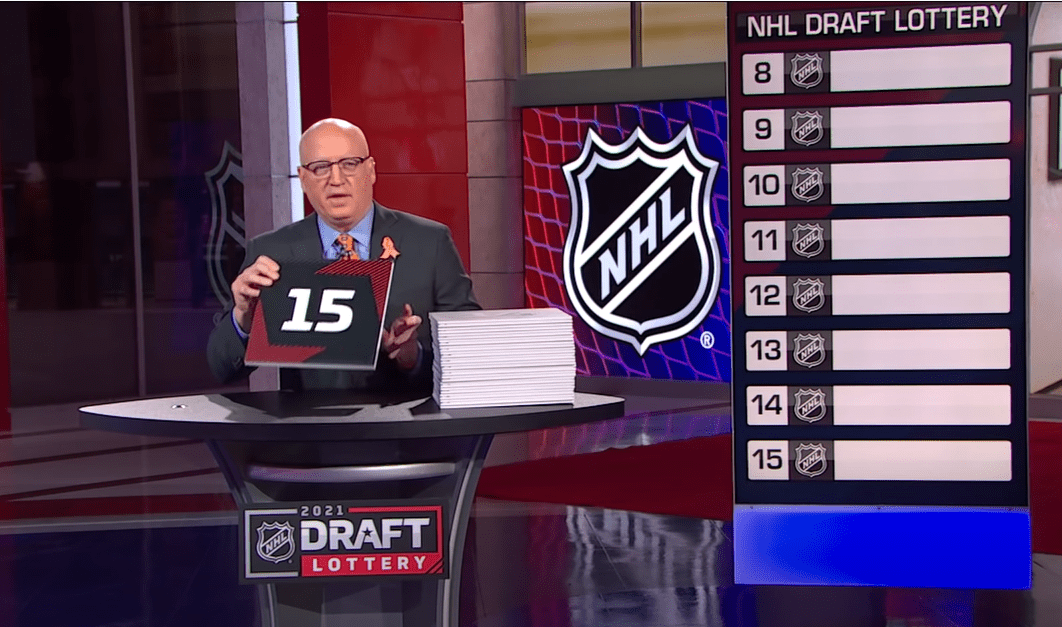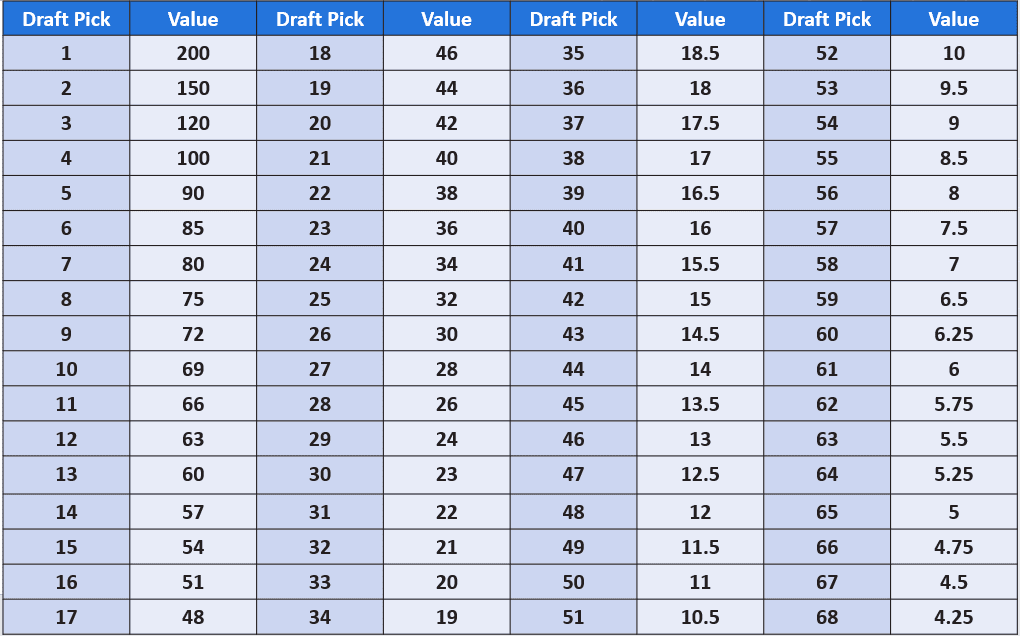Montreal Canadiens
The Cost Of Moving Up In The NHL Draft

Trading up at the NHL Draft is one of the most exciting and confusing transactions in hockey, and Montreal Hockey Now is going to help break it down.
The value of draft picks has always been a tricky thing to pinpoint, but recent work has begun zeroing in on draft pick value in order to give the general public a better understanding of what it costs to move up in the draft. In 2011, Michael E. Schuckers put out a report that looked at the general value of draft picks based on trades that took place between the 1988 and 1997 NHL Drafts. In this exercise, Montreal Hockey Now proposed a similar approach, but with the 2012 to 2021 NHL Drafts and produced the table below.
The calculation for the value of each pick was based on previous public models with a higher consideration for recent draft trades. This doesn’t mean that the values are exact, as each negotiation is always unique between clubs; but it does provide a framework through which one could build a trade. The standard deviation is of three value points, give or take, within a trade, which is normal when considering in real-life factors like trade urgency, draft pick stock and draft quality.

NHL Draft Examples
Using this chart, we can use a few real-life examples to determine relative accuracy. The closer to trade-up is to the top of the draft, the more volatile the discrepancy becomes, as teams will often try to overpay compared to the average to secure the pick from their peers. This is evident in the 2019 trade between the Arizona Coyotes and the Philadelphia Flyers, as the Coyotes were very interested in defenceman Victor Soderstrom and wanted to move up quickly. Philadelphia took advantage of this urgency to secure a higher value on the trade by 4.5 value points.
A similar occurrence happened in 2018 when the New York Rangers paid a heavy price to move up four spots to select K’Andre Miller at 22nd overall. The Senators absolutely wanted a 2nd round pick if they were going to move down, and the Rangers gave them the lowest of their two 2nd rounders (39th and 48th).
On the flipside, there are times when teams miss on on their desired player and decide to trade down in order to maximize their assets and select a player later on that they had higher on their draft lists. This was the case between the Dallas Stars, who lost five value points in value when trading down from 14th overall, but gained two more kicks at the can with the 47th and 137th overall picks.
Below are just a few examples of trades over the last four years to see how they measure up to the the relative draft pick valuation:
2021 Draft
To Detroit: 14th (57)
To Dallas: 22nd + 47th + 137th (38+12.5+1.5 = 52)
2020 Draft
To NYR: 19th (44)
To Calgary: 22nd + 71st (40 +3.5 = 43.5)
—-
To Washington: 22nd (38)
To Calgary: 24th + 79 (34 + 3 = 37)
2019 Draft
To Arizona: 11th (66)
To Philadelphia: 14th + 45th (57 + 13.5= 70.5)
—
To Philadelphia: 34th (19)
To Nashville: 45th + 65th (13.5+5 = 18.5)
2018 Draft
To NYR: 22nd (38)
To Ottawa: 26th + 48th (30 + 12 = 42)









